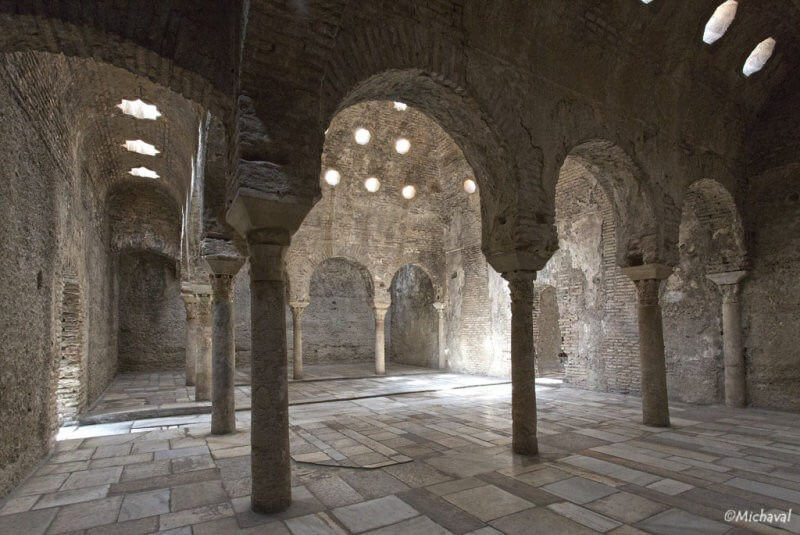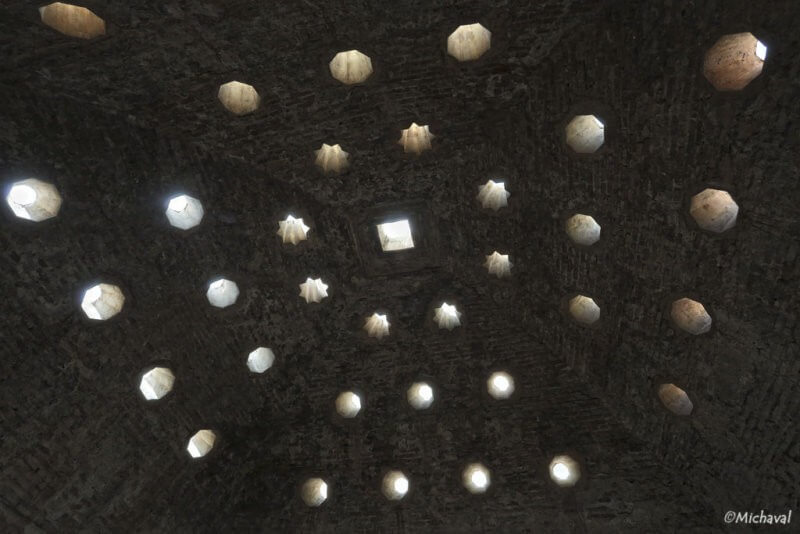Granada could be the Spanish province with the most preserved Arabic baths, featuring 31, of which 12 are in the Alhambra, 6 in the capital and 13 in the rest of the province. They are growing tourism resource thanks to the government action to promote the preservation of the infrastructure which was used for over 800 years, and formed a key part of Islamic culture.
The Arabic baths in the Alhambra and Generalife monumental complex were reserved for the sultans’ private use. However, they were an exception since the majority were public and their popularity was linked to pre-prayer body purification rituals. That’s why in the urban environment, and above all at the start of the Islamic era on the Iberian Peninsula, the bath or ‘hammam’, was attached to mosques and formed a part of their assets, meaning that the economic resources generated were then used to maintain the place of prayer. These monuments reflect the architecture of the time, with pillars and large arches connecting the rooms and circular skylights or in the shape of stars, which let in intimate lighting. They tended to be comprised of a number of rooms: the front lobby (al bayt al-maslaj), through which the cold room (al bay al-barid) could be accessed.
Then there was the warm room, the most important one, followed by the hot room (al bay al-sajun), connected to the boiler and the woodshed. There were no restrictions when using the facilities except that men and women could not be in the same place at the same time. Both sexes took advantage of these places to socialise, especially women. At the foot of the Alhambra, in the Moorish neighbourhood known as the Albaizín (Tour Albaicín and Sacromonte), is one of the best preserved Arabic baths in Spain, the Bañuelo, which was built in the 11th century and was connected to the Mezquita de los Conversos (Mosque of the Converts), preserving its original usage until Philip II of Spain permanently banned the use of hammams. Experts affirm that many of the baths which were destroyed in this period still preserve the part of their structure below the current urban fabric, as can been noted on street maps for many towns in Granada that still have the streets named after these constructions.
Source: Europapress



